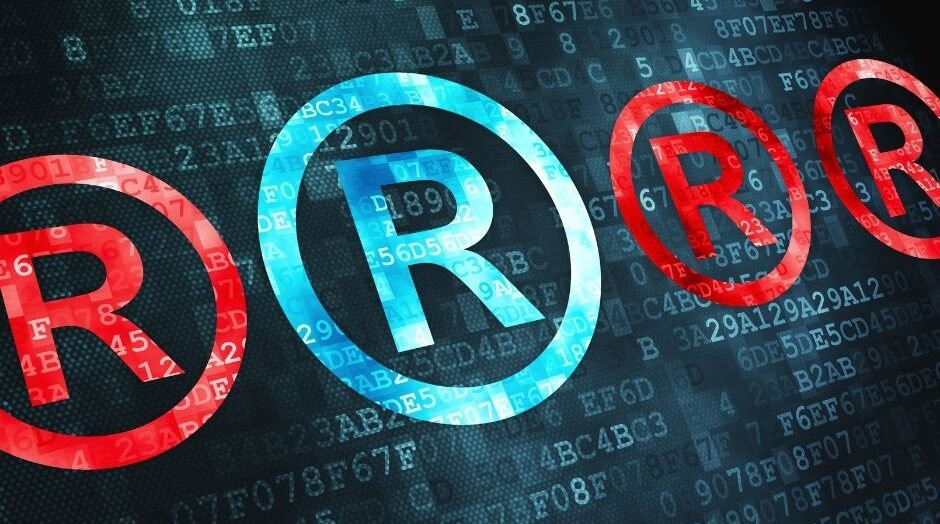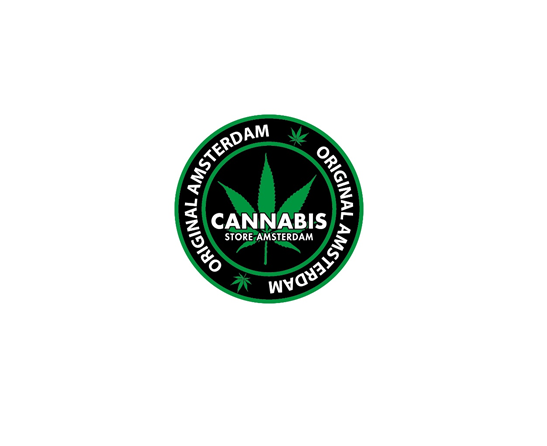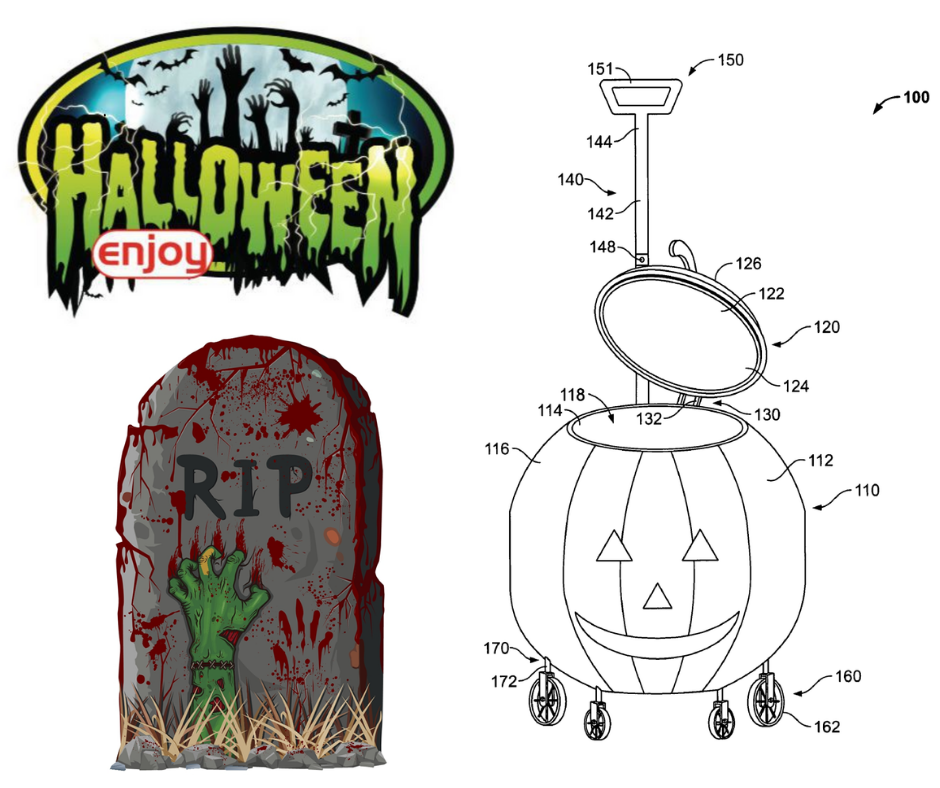In my previous entry to IP Blog – “The devil is in the details…, or from when one should count the 5-year period, during which it is possible not to use one’s trademark without consequences?” – I discussed the problems connected with determining the initial date of the 5-year period for declaring lapse of protection in Poland of international trademarks.
The Polish regulation Art. 15215 Par. 2 of the Law on Industrial Property, in the wording as from 16th March 2019, is nearly a literal repetition of the relevant regulation in the Directive. Unfortunately, in this case the literal wording means that the proposed dates are not adapted to the procedure at hand.
After over 4 months from implementation of this amendment, a preliminary response to the question how a third party can determine the beginning of the term for declaring lapse of an international registration in Poland took the examiners of the Polish Patent Office a few days, and it is still only “unofficial information”. However, I decided to share this information with IP Blog readers, because it is not known when or whether the Patent Office will decide to issue a formal communication along with the relevant guidelines in this matter.
According to the information that I obtained from the Polish Patent Office by making a phone inquiry on the last day of July 2019, base dates for calculation of the 5-year period of non-use of an international trademark designating Poland are as follows:

Poland has to notify the provisional refusal within 12 months after the PPO receives the notification from WIPO in the case of designations under Madrid Agreement and 18 months for designations under Protocol to the Madrid Agreement. This period shall be added to the date of notification from WIPO to the Polish Patent Office, while the date of notification shall be published in the Madrid Monitor (under INID code 580).
Comment: The initial date established in such way shall possibly apply to the international trademarks designating Poland before 14th April 2016. As from 15th April, Poland introduced the opposition system. However, Art. 15215 Par. 2 Point 1 of the IP Law refers to Art. 1522 Par. 1, which concerns the new procedure implemented after 15th April 2016. This may be misleading and ? in my opinion – constitutes a legislative error.

The 3-month opposition period starts from publication in the Bulletin of the Polish Patent Office (“Biuletyn Urzędu Patentowego” – BUP), which is available under the following link: http://portal.uprp.pl/wydawnictwa.html . Therefore, the date of ineffective expiry of the opposition period will be 3 months after the date of this publication.
Comment: However, in order to avoid searching all Bulletins, one has to establish the issue number of the relevant BUP by making a phone inquiry in the Patent Office.

The Polish Patent Office assumed that the decision becomes final and binding after 3 months from the date of notifying WIPO by the Patent Office about the decision on granting protection to an international trademark registration (the date of this notification shall be made available in the Madrid Monitor).

In case of withdrawal of the opposition, it was assumed that it shall be the date of issuing a decision on closing the opposition proceedings. However, this date is only to be determined by phone inquiry in the Polish Patent Office.
At the same time, the Patent Office has to clear out whether the date can be at all made available to third parties (namely, the parties not participating in the opposition proceedings or not having legal interest).
As to the date when the decision on granting protection – issued after the examination of the opposition – becomes final and binding, by analogy to the decision issued after a provisional refusal, it was assumed that such decision becomes final and binding after 3 months from the date of notifying WIPO by the Patent Office about issuance of the decision on granting protection.

Monika Zielińska is a Polish and European patent attorney. Specializes in trademarks and industrial designs as well as copyrights. She is a member of the The Warsaw Bar Association, the Polish Chamber of Patent Attorneys, the European Patent Institute (EPI) and the German Association for the Protection of Intellectual Property (GRUR). Contact with the author













